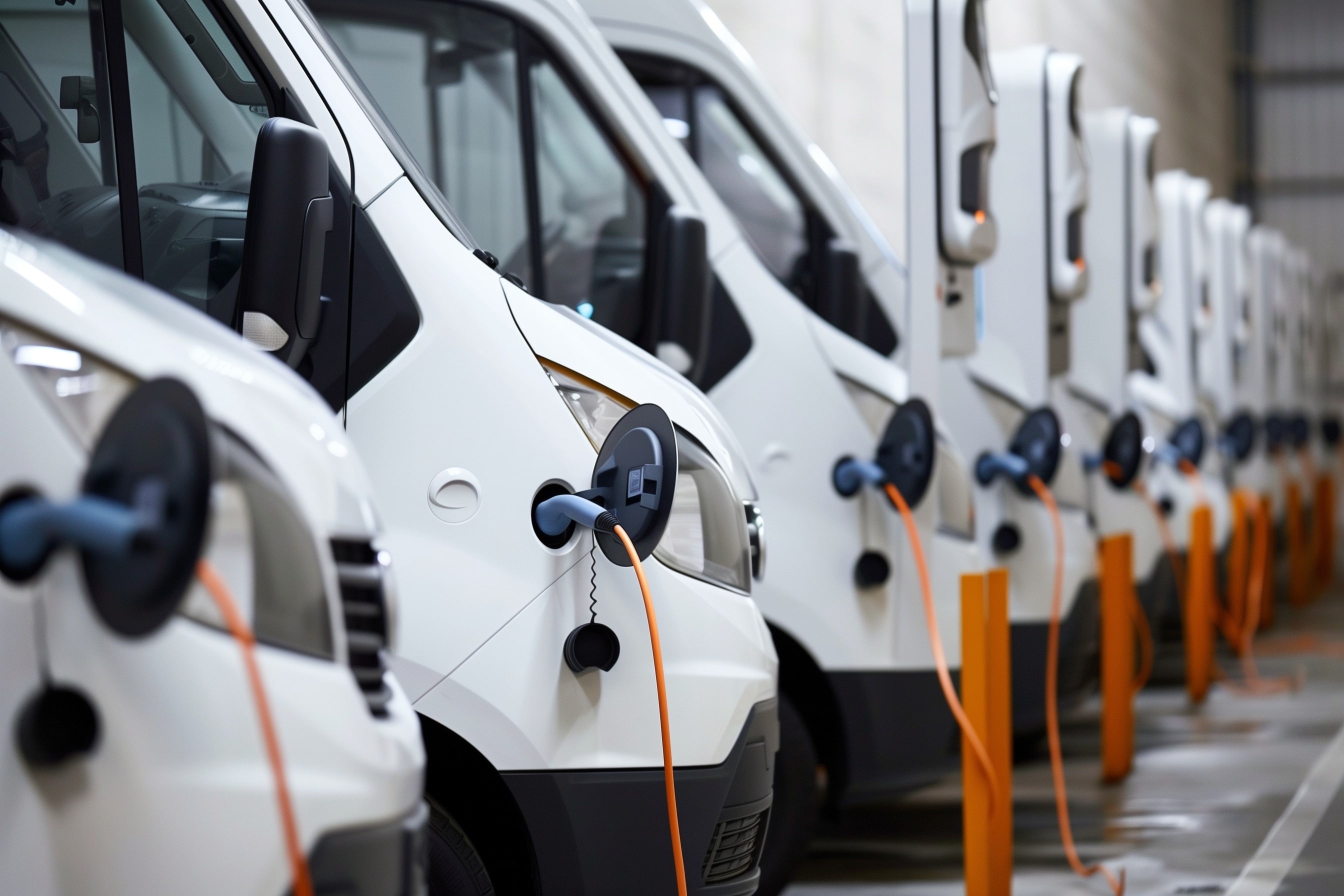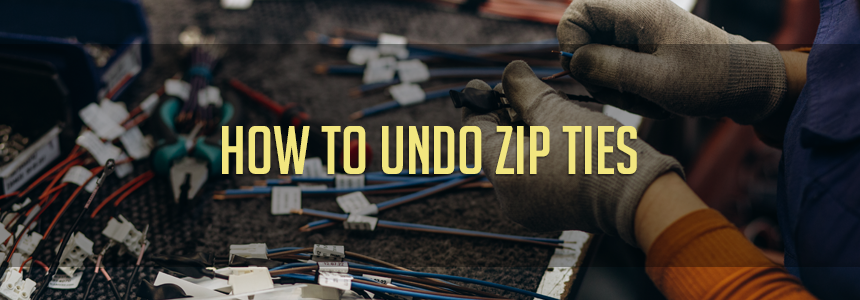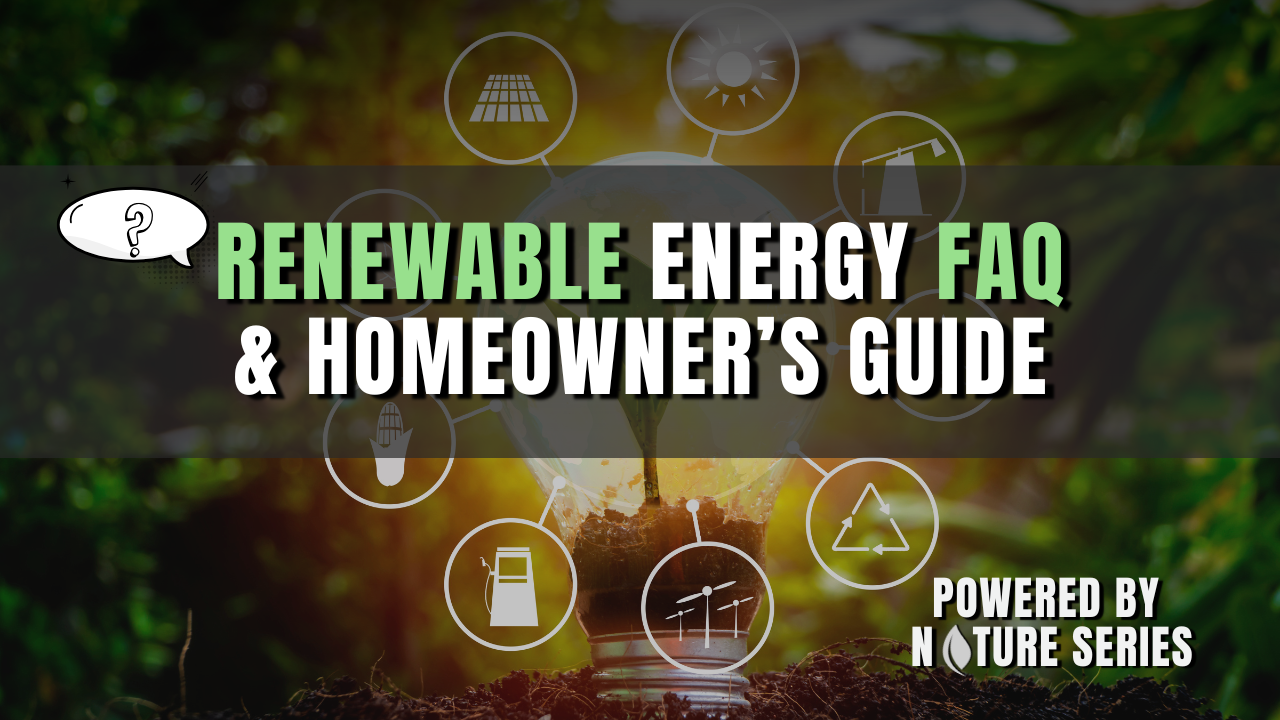Managing High Voltage Cables: Cable Tie Solutions for Electric Vehicle Charging Stations by Buyheatshrink

Managing High Voltage Cables: Cable Tie Solutions for Electric Vehicle Charging Stations by Buyheatshrink
The global shift toward electric vehicles (EVs) has spurred the development of charging infrastructure, a crucial component of the transition to sustainable transportation. As the number of charging stations increases, so does the need for effective cable management solutions that ensure safety, reliability, and ease of use. High voltage cables, integral to the operation of electric vehicle charging stations, require meticulous handling to prevent hazards and maintain efficiency. This article delves into the various types of cable ties—also known as zip ties or zip wires—available for managing these cables, and highlights additional products like heat shrink tubing and braided sleeving that enhance cable management.
The Critical Role of Cable Management in Electric Vehicle Charging Stations
Electric vehicle charging stations operate under high voltage, making ev cable management a key factor in maintaining safety and operational efficiency. Improperly managed cables can lead to a range of issues, including electrical shorts, increased wear and tear, and maintenance difficulties. High voltage cables must be securely fastened to prevent mechanical stress, which can lead to insulation damage or electrical failures.
Beyond safety, well-organized cables contribute to the aesthetic appeal and functionality of charging stations. Cluttered or tangled cables can create a negative impression and pose tripping hazards for users. Therefore, employing appropriate cable management solutions is essential not only for technical reasons but also for enhancing the user experience and the overall reliability of the charging station.
Exploring Cable Tie Solutions for Electric Vehicle Charging Stations
Cable ties, often referred to as zip ties or zip wires, are indispensable tools in the management of high voltage cables at electric vehicle charging stations. Buyheatshrink offers a variety of cable ties designed to meet the specific needs of these installations, each with distinct features that cater to different aspects of cable management.
1. Standard Nylon Cable Ties
Standard nylon cable ties are a popular choice for bundling and securing cables. Made from durable nylon 6/6, these ties offer excellent tensile strength and resistance to various chemicals, including oils and solvents. This makes them suitable for both indoor and outdoor environments, including those found at electric vehicle charging stations.
These ties are available in various lengths and strengths, allowing for customization based on the size and load of the cables being managed. The self-locking mechanism of nylon cable ties ensures a tight grip, preventing slippage and maintaining cable organization.
2. Heavy-Duty Cable Ties
For securing high voltage cables that carry significant loads, heavy-duty cable ties are essential. These ties are manufactured from reinforced nylon, which enhances their durability and ability to withstand environmental stressors such as UV radiation and extreme temperatures. This makes them ideal for outdoor charging stations, particularly in regions with harsh climates.
Heavy-duty cable ties are specifically designed to handle greater tensile loads, ensuring that large or heavy cables remain securely fastened. This reduces the risk of mechanical stress, which can lead to damage and compromise the safety and efficiency of the charging station.
3. Releasable Cable Ties
Releasable cable ties offer flexibility in cable management, allowing for the easy repositioning or replacement of cables without cutting the ties. This feature is particularly useful in electric vehicle charging stations that require regular maintenance or upgrades.
The ability to reuse these ties makes them a cost-effective and environmentally friendly option. They are ideal for scenarios where cable configurations may change over time, offering a convenient solution that reduces waste and simplifies maintenance processes.
4. Stainless Steel Cable Ties
In environments where maximum durability and resistance to environmental factors are required, stainless steel cable ties- also known as steel zip ties are an excellent choice. These ties are highly resistant to corrosion, chemicals, and extreme temperatures, making them suitable for use in harsh industrial settings or outdoor locations where cables are exposed to the elements.
Stainless steel cable ties provide exceptional strength, making them capable of securing large bundles of high voltage cables with ease. Their robust construction ensures long-term reliability, even in challenging conditions, such as areas prone to vandalism or where cables are under constant mechanical stress. Choose between 304 or 316 stainless steel depending on the application.
5. Adhesive Cable Ties
Adhesive cable ties come with an integrated adhesive base that allows them to be mounted on flat surfaces without the need for additional hardware. These ties are particularly useful in situations where it is important to avoid drilling or other forms of surface damage, such as when installing ties on walls or inside the enclosures of charging stations.
The adhesive used in these cable ties is typically waterproof and resistant to temperature fluctuations, ensuring that the ties remain securely in place regardless of environmental conditions. Adhesive cable ties are an excellent choice for managing cables in confined spaces or where traditional mounting options are limited.
6. UV-Resistant Cable Ties
For outdoor electric vehicle charging stations, UV-resistant cable ties are an essential tool. These ties are made from specially formulated nylon that resists degradation from prolonged exposure to sunlight. This prevents the ties from becoming brittle and breaking over time, ensuring the long-term stability of cable installations.
UV-resistant cable ties are particularly beneficial in locations where cables are frequently exposed to direct sunlight, such as uncovered outdoor charging stations. Using these ties helps maintain the integrity of cable management systems, reducing the need for frequent replacements.
Enhancing Cable Management with Heat Shrink Tubing and Braided Sleeving
While cable ties are fundamental for securing and organizing cables, additional solutions like heat shrink tubing and braided sleeving offer further protection and optimization for high voltage cables at electric vehicle charging stations.
1. Heat Shrink Tubing
Heat shrink tubing is a versatile solution used to insulate, protect, and seal electrical connections. Made from a polymer material that contracts when heated, it forms a tight seal around cables and connectors, providing both insulation and mechanical protection.
This tubing is especially useful for high voltage cables in electric vehicle charging stations, where reliable insulation is critical. Heat shrink tubing helps prevent moisture ingress, reduces the risk of electrical shorts, and protects against environmental factors such as chemicals and UV radiation.
In addition to its protective qualities, heat shrink tubing can also be used to bundle cables together, contributing to a better cable organizer and professional appearance. By covering cable splices and connections, heat shrink tubing extends the lifespan of cables and improves the overall safety and reliability of the charging station.
2. Braided Sleeving
Braided sleeving is another effective solution for managing and protecting high voltage cables. Composed of interwoven strands of materials such as polyester, nylon, or stainless steel, braided sleeving provides a flexible, durable sheath that can easily be installed over cables.
Braided sleeving offers excellent abrasion resistance, making it ideal for protecting cables that are subject to movement or friction. Its flexibility allows cables to bend without damage, making it a suitable choice for dynamic environments where cables may be frequently repositioned.
In addition to its protective properties, braided sleeving also contributes to cable organization by keeping multiple cables bundled together. This not only reduces clutter but also enhances the appearance and functionality of the charging station.
Choosing the Right Materials for Cable Ties and Accessories
The selection of materials for cable ties and accessories is crucial to the performance and longevity of cable management systems in electric vehicle charging stations. Different materials offer varying degrees of strength, flexibility, and resistance to environmental factors, making it important to choose the appropriate product for each specific application.
1. Nylon
Nylon is the most widely used material for cable ties due to its balance of strength, flexibility, and resistance to chemicals and UV radiation. Nylon 6/6, in particular, is favored for its high tensile strength and durability, making it ideal for securing high voltage cables in both indoor and outdoor settings.
Nylon cable ties are resistant to oils, greases, and other solvents, ensuring their longevity even in harsh environments. Their high melting point also makes them suitable for use in areas where temperatures can fluctuate significantly.
2. Stainless Steel
Stainless steel is preferred for applications requiring maximum durability and resistance to harsh conditions. Stainless steel cable ties are highly resistant to corrosion, chemicals, and extreme temperatures, making them suitable for outdoor installations, especially in industrial or marine environments.
The inherent strength of stainless steel ties ensures that they can secure large or heavy cables without stretching or breaking. This makes them particularly valuable in settings where cable security is paramount, such as high-traffic areas or locations with high levels of physical stress.
3. Polyolefin (for Heat Shrink Tubing)
Polyolefin is the most commonly used material for heat shrink tubing, thanks to its excellent electrical insulation properties and resistance to chemicals and UV radiation. This material is also highly flexible, allowing it to conform to cables and connectors of various shapes and sizes.
Polyolefin heat shrink tubing is ideal for outdoor electric vehicle charging stations, where cables may be exposed to moisture, chemicals, and temperature variations. By providing a tight, protective seal, this tubing helps prevent environmental damage and ensures the reliability of the electrical connections.
4. Polyester and Nylon (for Braided Sleeving)
Braided sleeving is typically made from polyester or nylon, each offering specific benefits. Polyester and PEEK is highly resistant to chemicals and UV radiation, making it a good choice for outdoor applications. Nylon, on the other hand, offers superior strength and abrasion resistance, making it suitable for environments where cables are subject to frequent movement or physical stress.
The choice between polyester and nylon braided sleeving depends on the specific requirements of the application, including the level of protection needed and the environmental conditions in which the cables will be used.
Waterproof and Adhesive Solutions for Enhanced Protection
In addition to standard cable ties, waterproof and adhesive solutions are critical for managing high voltage cables at electric vehicle charging stations. These products help protect cables from moisture, which can cause corrosion and electrical failures.
1. Waterproof Cable Ties
Waterproof cable ties are designed to prevent moisture from reaching the cables, making them ideal for outdoor charging stations where cables are exposed to rain, humidity, or other forms of moisture. These ties are typically made from materials such as nylon or stainless steel, with additional coatings or seals that provide a waterproof barrier.
Using waterproof cable ties ensures that cables remain dry and protected, reducing the risk of electrical hazards and prolonging the life of the cables. This is especially important in areas with high humidity or frequent rainfall, where cables are more vulnerable to moisture-related damage.
2. Adhesive Cable Ties with Waterproof Backing
Adhesive cable ties with waterproof backing offer a convenient and secure way to manage cables without the need for drilling or other invasive mounting methods. These ties are equipped with a strong adhesive that bonds to flat surfaces, combined with a waterproof backing that protects the adhesive from moisture.
This combination makes adhesive cable ties with waterproof backing ideal for use in electric vehicle charging stations, where cables need to be securely fastened in environments exposed to the elements. These ties provide a reliable solution for cable management while ensuring that the adhesive remains effective, even in wet conditions.
Conclusion
As electric vehicles become more common, the infrastructure supporting them must be robust, reliable, and safe. Proper cable management is essential in ensuring that electric vehicle charging stations operate efficiently and safely. Cable ties—whether standard, heavy-duty, releasable, stainless steel, adhesive, or UV-resistant—are indispensable tools in this process. Complementary products like heat shrink tubing and braided sleeving further enhance cable protection and organization.
By selecting the right cable ties and accessories from Buyheatshrink, charging station operators can ensure that their installations are not only functional but also safe, durable, and user-friendly. This, in turn, supports the broader goal of making electric vehicles a viable and attractive option for consumers worldwide.














